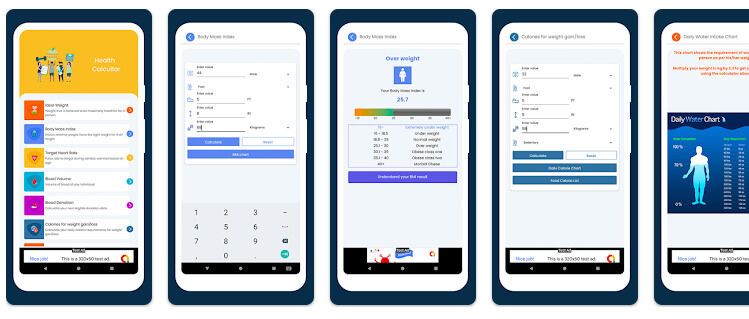In recent times, in an attempt to alleviate California’s continuous teacher shortage, a significant amount of funds have been invested by the Governor Gavin Newsom and the Californian legislature into specialized programs and scholarships aimed at encouraging, educating, and retaining educators. Following the pandemic, there have also been changes made to the credential requirements for teachers, significantly simplifying the process of becoming a teacher.
There are various options available for potential educators. A traditional pathway includes participating in a teacher preparation program and completing student teaching. Another option is a residency, apprenticeship, or internship program. These programs allow the candidates to accomplish the necessary coursework while gaining practical teaching experience.
Residency programs are offered through university teacher preparation programs, in partnership with one or more school districts. Prospective teachers who choose this route closely collaborate with experienced educators for a year of clinical training, during which they are generally compensated with a stipend.
Internship programs allow candidates who have attained bachelor’s degrees to teach while they complete their teacher preparation coursework. Contrary to student teachers, interns are typically the primary teacher in the classroom because they carry intern credentials until they fulfill the requirements for a preliminary credential.
Apprenticeship programs offer teacher candidates the chance to serve as a paid school staff member while they accrue clinical experience. This takes place alongside completion of their bachelor’s degree and a teacher preparation program. Learning costs for apprentices are generally free or discounted. While most of these programs in California mainly cater to early childhood education, the state is laying out plans to provide registered apprenticeship programs to K-12 teachers, aiming to significantly broaden accessibility.
The California Classified School Employee Teacher Credentialing Program is also available. This innovative initiative offers financial support and academic assistance to school staff aspiring to obtain an undergraduate degree and earn a teaching certification. This option is available to staff members working in districts that have procured a state grant.
Undergraduate students aspiring to become teachers can opt for a university that offers an integrated undergraduate program. This pathway allows them to complete teacher preparation coursework during their undergraduate studies.
California teachers principally hold one of three basic teaching credentials — multiple-subject, single-subject, and education specialist. Multiple-subject credentials cater to elementary school teachers, while single-subject credentials are typically for middle and high school teachers who specialize in a single subject. Education specialist credentials are designed for special education teachers.
Another novel option is the authorized PK-3 early childhood education specialist instruction credential that meets the necessity of teachers specially trained to instruct preschool through third-grade students. However, before obtaining a clear credential, all educators must first earn a preliminary credential and complete a two-year induction program. This program provides supplementary training and mentoring during the initial two years of teaching.
The preliminary teaching credential requires a bachelor’s degree, completed accredited teacher preparation program, 600 hours of student teaching, fingerprinting and passing background check, clearing the required tests or completing university-approved coursework, completing a course or passing a test on provisions and principles of the U.S. Constitution, and earning a recommendation from their teacher preparation program.
To become certified teachers, candidates need to prove they possess the essential skills to teach. Prior to the pandemic, tests were the standard means to assess readiness for a teacher preparation program or the classroom. Currently, teachers have the opportunity to utilize university-approved coursework or a college degree to satisfy qualifications in most instances.
Moreover, teachers looking to move in from out-of-state need to submit their college transcripts and a copy of their out-of-state teaching license, along with proof of fingerprinting to California’s Commission on Teacher Credentialing. To avoid additional tests and training, scores from out-of-state basic skills tests and proof of two years or more of teaching experience should also be submitted to expedite the process.
In conclusion, prospects abundant for those looking to enter the noble profession of teaching in California. With multiple pathways for earning a teaching credential, the state earnestly seeks to address the crippling teacher shortage and lift the career prospects of aspiring educators.




